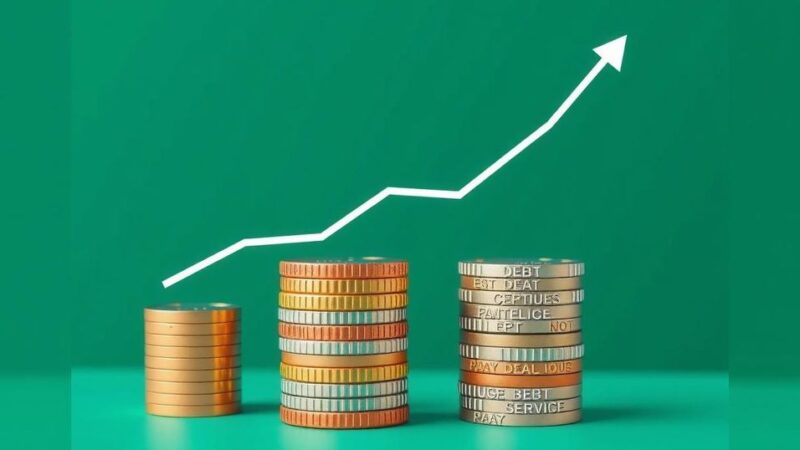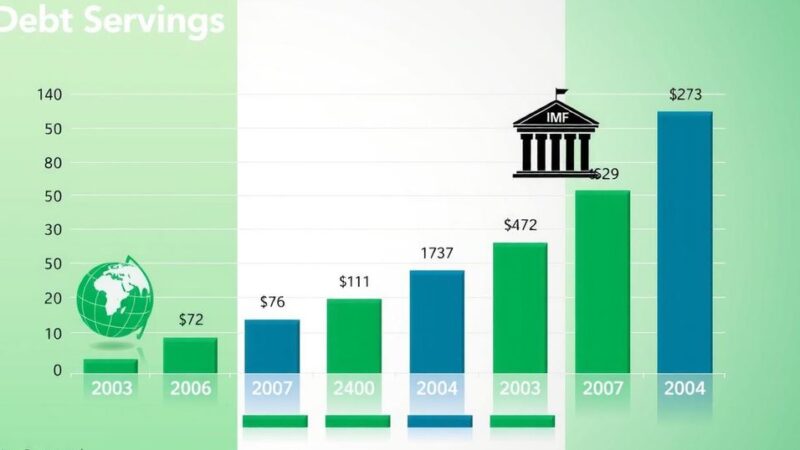Tanzania’s mineral recovery value increased by 24.3% to $1 billion, driven by gold, which constituted 79.4% of this growth. Stakeholders advocate for accelerated project developments, research enhancement, and support for small-scale miners as vital next steps. Significant gains in coal and diamond values were also noted, indicating broad sectoral improvement.
Tanzania’s mineral recovery value experienced a significant increase of 24.3 percent, reaching $1 billion (Sh2 trillion) for the quarter ending September last year, compared to the same quarter of the previous year. This surge is primarily attributed to the recovery of gold, diamonds, coal, and building materials, with gold alone contributing 79.4 percent of the total mineral recovery value, marking a 27.8 percent rise due to elevated production quantities and prices.
Stakeholders in Tanzania’s minerals sector attribute this growth to the central bank’s gold purchases and successful efforts to mitigate mineral smuggling. However, they emphasize the need for further initiatives from both governmental bodies and the private sector. They advocate for accelerated development of new mining projects, increased research into unexplored areas, and enhanced support for small-scale miners to elevate their production capabilities.
Furthermore, there is a call to encourage neighboring countries, such as the Democratic Republic of Congo, to refine their minerals locally, thereby promoting regional economic development. According to a report by the Bank of Tanzania, coal values have also risen by 11 percent due to heightened demand from countries like India, Pakistan, and the Netherlands, while diamond values have improved following the resumption of production at the Williamson Diamond Mines.
The report indicates all zones within Tanzania exhibited an increase in mineral value, with the Lake Zone showing remarkable growth, contributing 63.4 percent of the total mineral value, predominantly from gold. Market centers registered a 38.9 percent surge in mineral transactions, primarily influenced by escalating global gold prices, which accounted for 96.5 percent of the total value traded, with only the Central Zone remaining stable.
An anonymous source emphasized the critical nature of the mineral sector in enhancing the country’s economic stability and attracting foreign currency. They highlighted the importance of continual investment in geological research to discover new mining prospects. Concurrently, Philbert Rweyemamu, Chairman of the Tanzania Chamber of Mines, acknowledged the sector’s growth but stressed the necessity for the government to hasten negotiations on new mining projects, such as Nyangaza, which has faced lengthy delays.
Rweyemamu pointed out that slow negotiation processes hinder investor confidence and capital inflows, stressing the urgency to resolve outstanding agreements so that investors can mobilize funding from international markets effectively.
In summary, Tanzania’s mineral recovery sector has witnessed significant growth, primarily due to a surge in gold recovery and robust demand for other minerals. Stakeholders advocate for further actions to support ongoing production and exploration. The emphasis on fostering new projects, enhancing small-scale mining support, and expediting negotiations for pending ventures indicates a clear path forward for economic growth within the mining sector.
Original Source: www.thecitizen.co.tz






